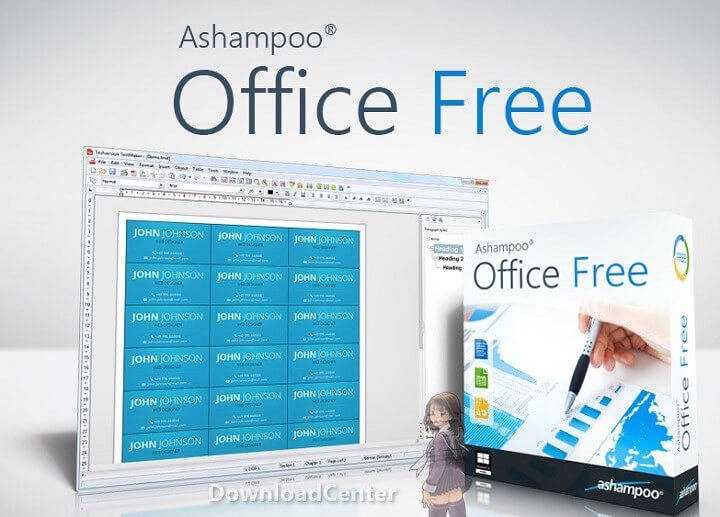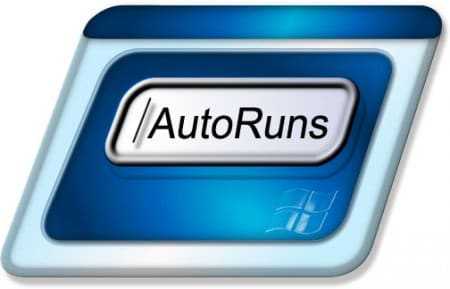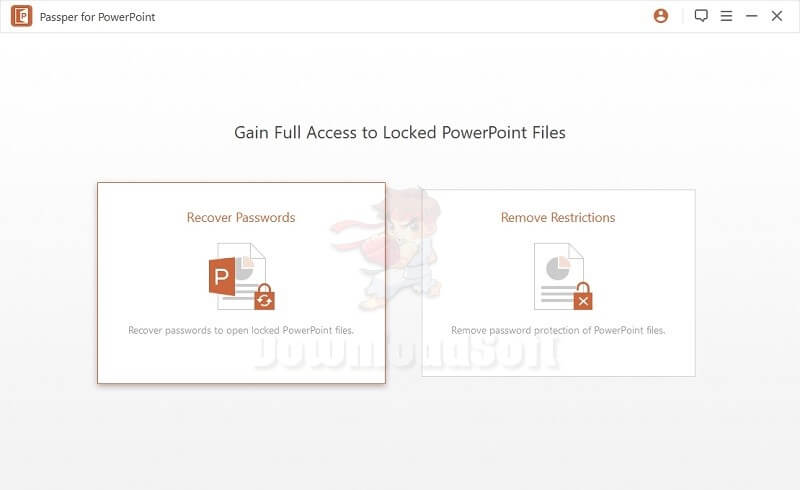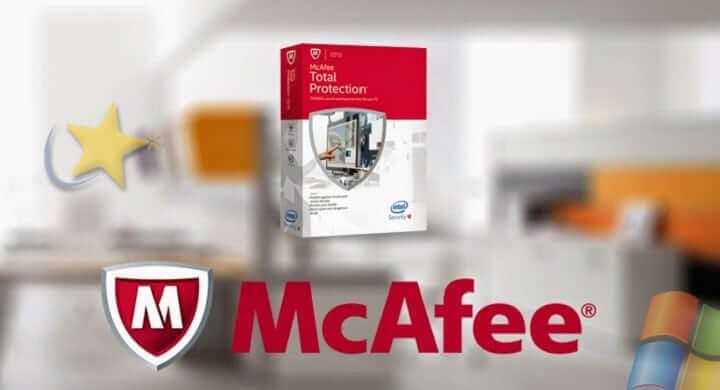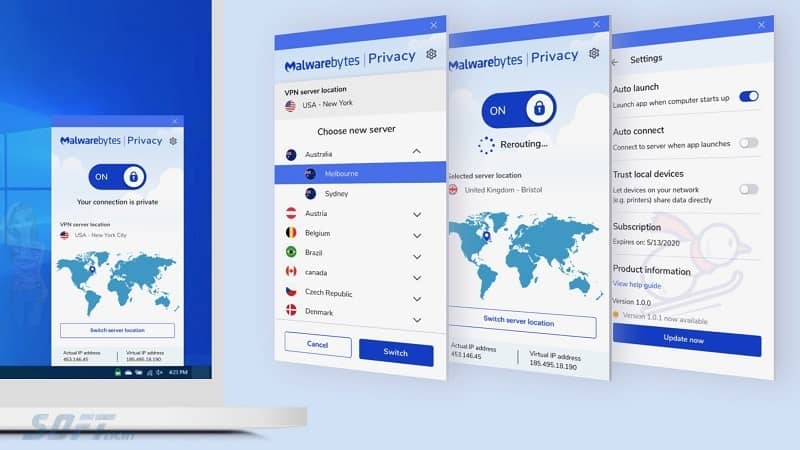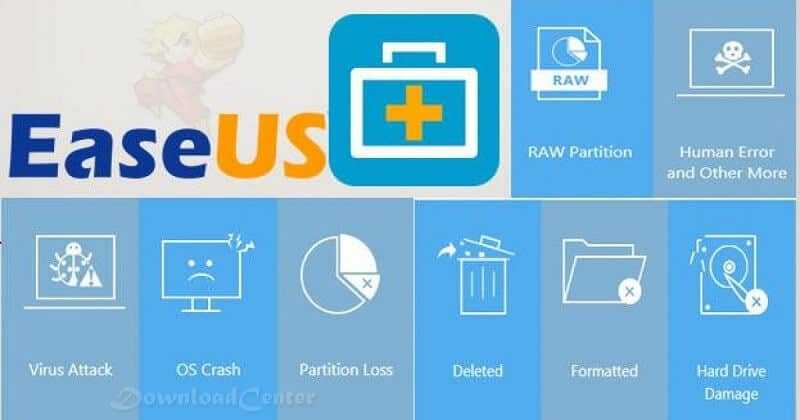Download Active File Recovery 2025 Deleted File after Format
Download Active File Recovery 2025 Deleted File after Format
A Comprehensive Guide
In the digital age, data loss can be a devastating experience, whether it’s due to accidental deletion, hardware failure, or malware attacks. Fortunately, tools like Active File Recovery offer a lifeline for users seeking to recover lost files. This software is designed to restore files from various storage devices, making it a valuable asset for both individuals and businesses. In this article, we will explore the features, installation process, pricing, and more about Active File Recovery, providing you with a thorough understanding of its capabilities.
What is Active File Recovery?
It is powerful data recovery software that specializes in retrieving lost or deleted files from hard drives, SSDs, USB drives, and memory cards. Its user-friendly interface and robust functionality make it accessible to users with varying levels of technical expertise. Whether you need to recover a single file or perform a deep scan of an entire drive, this software offers a range of options to suit your needs. The program supports numerous file systems, including FAT, NTFS, and exFAT, making it versatile for different operating systems.
The program operates by scanning the storage device and locating files that have not yet been overwritten. It employs sophisticated algorithms to identify recoverable data, ensuring an efficient and effective recovery process. This capability is particularly crucial in emergency situations where every minute counts. By utilizing Active File Recovery, you can increase your chances of retrieving important documents, photos, and other essential files.
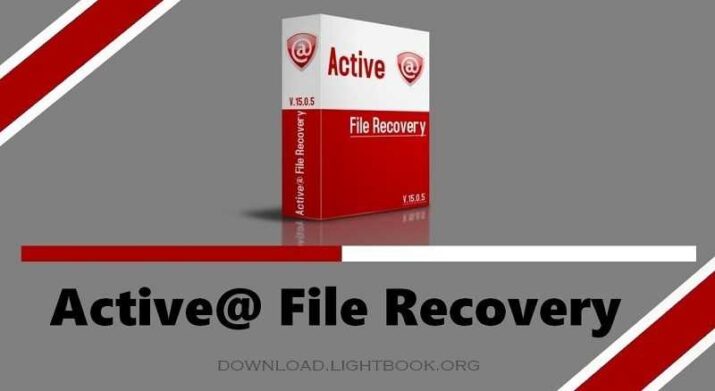
Installation and Setup
Installing Active File Recovery is a straightforward process that can be completed in just a few steps. First, visit the official website to download the installer. The software is available for both Windows and Mac operating systems, ensuring compatibility with a wide range of devices. Once downloaded, run the installer and follow the on-screen prompts to complete the installation.
After installation, launch the program. The user-friendly interface will guide you through the setup process. You’ll be prompted to select the storage device you wish to scan for recoverable files. Depending on the size of the drive and the extent of the data loss, the scanning process can take anywhere from a few minutes to several hours. It is advisable to run the scan in a quiet environment to minimize interruptions.
Once the scan is complete, the program will display a list of recoverable files. You can filter the results based on file types or search for specific filenames. This feature makes it easy to locate the files you need quickly. After selecting the desired files, you can initiate the recovery process, saving them to a secure location on your computer.
Features
Active File Recovery comes equipped with a variety of features designed to enhance the user experience and maximize recovery success. Some of its key features include:
- Advanced Scanning Modes: The software offers both quick and deep scanning options. Quick scans are useful for recently deleted files, while deep scans thoroughly examine the entire drive for recoverable data.
- File Preview: Before recovering files, users can preview them to ensure they are retrieving the correct documents. This feature is particularly beneficial when dealing with large volumes of data.
- File Filtering: Users can filter results by file type, making it easier to find specific documents, images, or videos. This function saves time and streamlines the recovery process.
- Support for Multiple File Systems: The program supports various file systems, including FAT32, NTFS, and ext4, which allows it to cater to a broad range of devices and operating systems.
- Disk Imaging: Allows users to create disk images of their drives. This feature is essential for data recovery specialists who want to work on a copy of the data without risking further damage to the original drive.
- Bootable Recovery Media: For severe cases where the operating system is unbootable, the software provides the option to create bootable recovery media. This allows users to recover data without needing to access the operating system.
These features collectively enhance the effectiveness, making it a preferred choice for data recovery.
Customer Support and Help Center
Customer support is a crucial aspect of any software, especially for tools dealing with sensitive data recovery. Active File Recovery provides a comprehensive help center that includes user manuals, FAQs, and troubleshooting guides. This resource is invaluable for users who may encounter issues during installation or recovery.
For more personalized assistance, the company offers email support and a ticketing system for technical inquiries. Users can expect prompt responses from the support team, ensuring that any problems are addressed efficiently. Additionally, the help center features a community forum where users can share experiences, tips, and solutions, fostering a supportive environment.
Pricing and Plans
Active File Recovery offers a range of pricing options to accommodate various user needs. The pricing structure typically includes a free trial version, allowing potential users to test the software’s capabilities before committing to a purchase. The trial version has some limitations, such as the inability to recover files larger than a certain size.
The full version is available for a one-time purchase, with different tiers based on additional features. For example, the standard version may include basic recovery options, while the professional version might offer advanced features like disk imaging and bootable recovery media. It’s essential to evaluate your specific needs to choose the most appropriate plan.
Overall, the pricing is competitive compared to other data recovery tools on the market, making it a cost-effective solution for data recovery.
Pros and Cons
As with any software, Active File Recovery has its strengths and weaknesses. Here’s a breakdown:
Pros
- User-Friendly Interface: The intuitive design makes it easy for users of all skill levels to navigate the software.
- Effective Recovery Options: The various scanning modes and filtering options enhance the likelihood of successful data recovery.
- Comprehensive Support: The extensive help center and responsive customer support are significant advantages for users.
- Versatile Compatibility: Support for multiple file systems allows it to cater to a broad audience.
Cons
- Speed Limitations: While deep scans are thorough, they can be time-consuming, especially on larger drives.
- Trial Limitations: The free version has restrictions that may limit users from fully testing the software’s capabilities.
- Price Point: Some users may find the full version’s price a bit steep compared to other recovery tools with similar features.
By weighing these pros and cons, users can make an informed decision about whether Active File Recovery meets their data recovery needs.
User Experiences and Testimonials
User feedback is an essential aspect of understanding the effectiveness of any software. Many users have reported positive experiences with Active File Recovery, highlighting its ease of use and successful recovery rates. Testimonials often mention how the software helped recover critical files after accidental deletions or drive failures.
Users appreciate the preview feature, which allows them to verify files before recovery. This capability has saved many users from restoring unnecessary or irrelevant files. Additionally, the customer support team has received praise for their responsiveness and helpfulness, further enhancing the overall user experience.
However, some users have noted that the software’s performance can vary based on the condition of the drive being scanned. Drives with extensive damage may yield less favorable results, which is a common challenge across many data recovery tools.
Comparison with Other Tools
When considering Active File Recovery, it’s essential to compare it with other data recovery tools on the market. Popular alternatives include Recuva, EaseUS Data Recovery Wizard, and Stellar Data Recovery. Each of these tools has its unique features and pricing structures.
- Recuva is known for its simplicity and free version, making it a popular choice for casual users. However, it may lack some advanced features found in Active File Recovery.
- EaseUS Data Recovery Wizard offers a more extensive feature set, including support for larger file sizes in the free version. However, its pricing can be higher than that.
- Stellar Data Recovery is another robust option, known for its effective recovery rates but can be more complex for new users.
Ultimately, the choice between these tools will depend on individual needs, budget, and the specific features required.
Tips for Using Active File Recovery
To maximize effectiveness, consider the following tips:
- Act Quickly: The sooner you attempt recovery after data loss, the higher the chances of success. Avoid writing new data to the drive to prevent overwriting lost files.
- Use the Right Scan Mode: Start with a quick scan for recently deleted files, but don’t hesitate to use the deep scan if you don’t find what you’re looking for.
- Preview Files Before Recovery: Utilize the preview feature to confirm that the files you intend to recover are intact and usable.
- Save Recovered Files to a Different Drive: To avoid potential data loss, always save recovered files to a different storage device than the one you are recovering from.
- Regular Backups: To prevent future data loss, implement a regular backup strategy, ensuring that critical files are stored securely.
By following these tips, users can enhance their experience and increase the likelihood of successful data recovery.
Frequently Asked Questions (FAQs)
1. Is Active File Recovery safe to use?
Yes, it is designed to be safe and reliable. It does not modify the original data on the drive during the recovery process.
2. Can I recover files from a formatted drive?
Yes, the software can recover files from formatted drives as long as the data has not been overwritten.
3. Does it support cloud storage recovery?
Currently, Active File Recovery primarily focuses on local storage devices. For cloud storage recovery, you may need to access the cloud service’s recovery options.
4. How long does the recovery process take?
The duration of the recovery process depends on the size of the drive and the scanning mode used. Quick scans are typically faster than deep scans.
5. Is there a money-back guarantee?
Yes, it usually offers a money-back guarantee within a specified period after purchase, allowing users to try the software risk-free.
Importance of System Maintenance
Regular system maintenance is crucial for preventing data loss. This includes keeping the operating system updated, running antivirus scans, and performing regular backups. By maintaining your system, you reduce the risk of data corruption and hardware failures that can lead to data loss.
Using tools like Active File Recovery can play a vital role in your data protection strategy. However, it is best used as a backup plan rather than a primary solution for data management.
Tutorials and Additional Resources
For users seeking to maximize their use, numerous tutorials and additional resources are available online. These resources can help you understand the software’s features in-depth and provide tips for effective data recovery strategies. Consider checking the official website and community forums for valuable insights and user-shared experiences.
System Requirements
Before installing Active File Recovery, ensure your system meets the following requirements:
- Windows: Windows 7 or later
- Mac: macOS 10.12 or later
- RAM: Minimum of 2 GB
- Storage: At least 100 MB of free space for installation
Meeting these requirements will ensure a smooth installation and operation of the software.
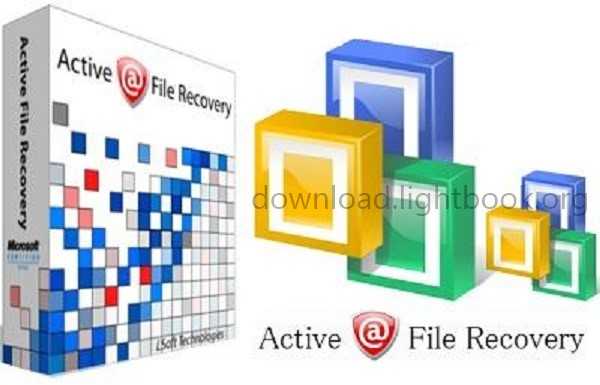
Conclusion
Active File Recovery stands out as a reliable and efficient data recovery solution for users facing the challenges of data loss. With its robust features, user-friendly interface, and comprehensive support system, it caters to a wide range of data recovery needs. Whether you’re an individual trying to recover precious family photos or a business recovering critical documents, it offers the tools necessary to restore your data effectively.
By understanding its features, benefits, and best practices, users can confidently navigate the recovery process, making Active File Recovery an essential tool in any data management arsenal.
Product Details
- Categories: Recover Deleted Files
Software name: Active@ File Recovery
- Version: The latest
- License: Free
- File size: 28 MB
- Support systems: Windows 98 / 2000 / XP / Vista / 7 / 8 / 10 /11
- Language: English
- Developer: LSoft Technologies Inc
- Official Website: file-recovery.com
Operating Requirements
- The required space on Hard Disk is 512 MB.
- Memory needs 2 GB of RAM.
- Intel Pentium 4 processor at minimum 1 Go.
Download Active File Recovery Deleted Files
